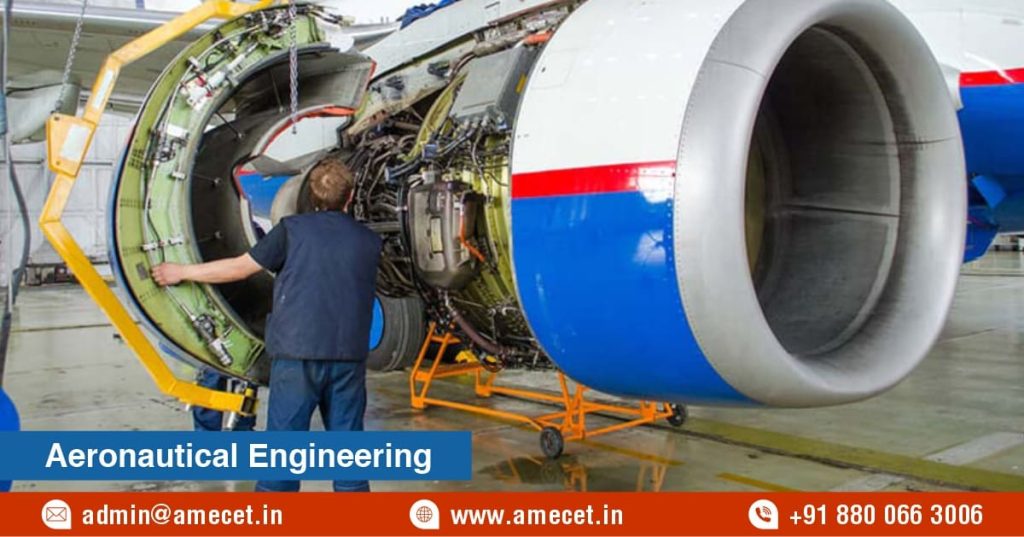What Does it Take to Become an Aeronautical Engineer?
Posted on : 3 July, 2024 6:18 pm
Introduction
- Aeronautical engineering is a dynamic field that plays a crucial role in advancing aviation and aerospace technology. This profession requires a blend of technical expertise, analytical skills, and creativity to design and improve aircraft and spacecraft. Aspiring aeronautical engineers must navigate a rigorous educational path, develop key competencies, and gain practical experience through internships and hands-on projects. Additionally, certification and continuous professional development are essential for career progression. This guide outlines the essential steps, skills, and challenges involved in becoming an aeronautical engineer, providing a comprehensive roadmap for those passionate about this exciting field.
Educational Requirements
- Becoming an aeronautical engineer starts with strong high school performance in math and science. A bachelor’s degree in aeronautical or aerospace engineering is essential, covering subjects like aerodynamics, materials science, and propulsion. Advanced degrees, such as a master’s or Ph.D., can enhance expertise and career prospects. Continuous learning and specialization in cutting-edge technologies are also crucial.
Key Skills and Qualities
- Aeronautical engineers need strong analytical and problem-solving abilities to design and improve aircraft. Technical proficiency in areas like aerodynamics and materials science is essential. Effective communication and teamwork skills are crucial for collaborating on projects. Creativity and innovation drive advancements in the field, while attention to detail ensures safety and efficiency in aeronautical designs and systems.
Certification and Licensing
- Aeronautical engineers typically need professional certification, such as the Professional Engineer (PE) license, which requires passing the Fundamentals of Engineering (FE) exam and gaining work experience. Additional certifications from organizations like the FAA or EASA can enhance expertise and career prospects. Ongoing education and training are essential to stay current with evolving technologies and industry standards.
Career Opportunities
- Aeronautical engineers have diverse career paths in aerospace and aviation industries. They can work in aircraft manufacturing, research and development, government agencies, and airlines. Opportunities exist globally, driven by advancements in technology, increasing air travel demand, and space exploration initiatives. Specializations in areas like aerodynamics, propulsion, and avionics offer avenues for career growth and innovation in the field.
Challenges and Rewards
- Aeronautical engineering presents challenges such as navigating complex technical problems, meeting stringent safety regulations, and keeping pace with rapid technological advancements. However, the field offers rewarding experiences through contributing to groundbreaking innovations, improving flight efficiency, and shaping the future of aviation and space exploration. Job satisfaction stems from seeing designs take flight and making significant impacts on global transportation and exploration.
Tips for Aspiring Aeronautical Engineers
1. Focus on excelling in math and science during high school.
2. Pursue internships or co-op programs to gain practical experience.
3. Develop strong problem-solving and analytical skills.
4. Stay updated with industry trends and technological advancements.
5. Network with professionals and join relevant student organizations for support and career opportunities in aeronautical engineering.
Certification and Licensure
- Aeronautical engineers typically pursue professional certification, such as the Professional Engineer (PE) license, after completing a bachelor’s degree and gaining relevant work experience. This process involves passing the Fundamentals of Engineering (FE) exam and the Professional Engineering (PE) exam. Additional certifications from organizations like the FAA or EASA may be required for specialized roles or to work on specific aircraft types.
Conclusion
- Becoming an aeronautical engineer demands a combination of rigorous education, technical proficiency, and a passion for innovation in aviation and aerospace. It’s a field where challenges like complex design issues and stringent safety standards are balanced by the rewards of contributing to cutting-edge technologies and advancements in flight. Aspiring engineers should embrace continuous learning, cultivate strong problem-solving skills, and stay adaptable to industry changes. By doing so, they can embark on a fulfilling career shaping the future of air and space travel, ensuring safety, efficiency, and sustainability in global aviation.

